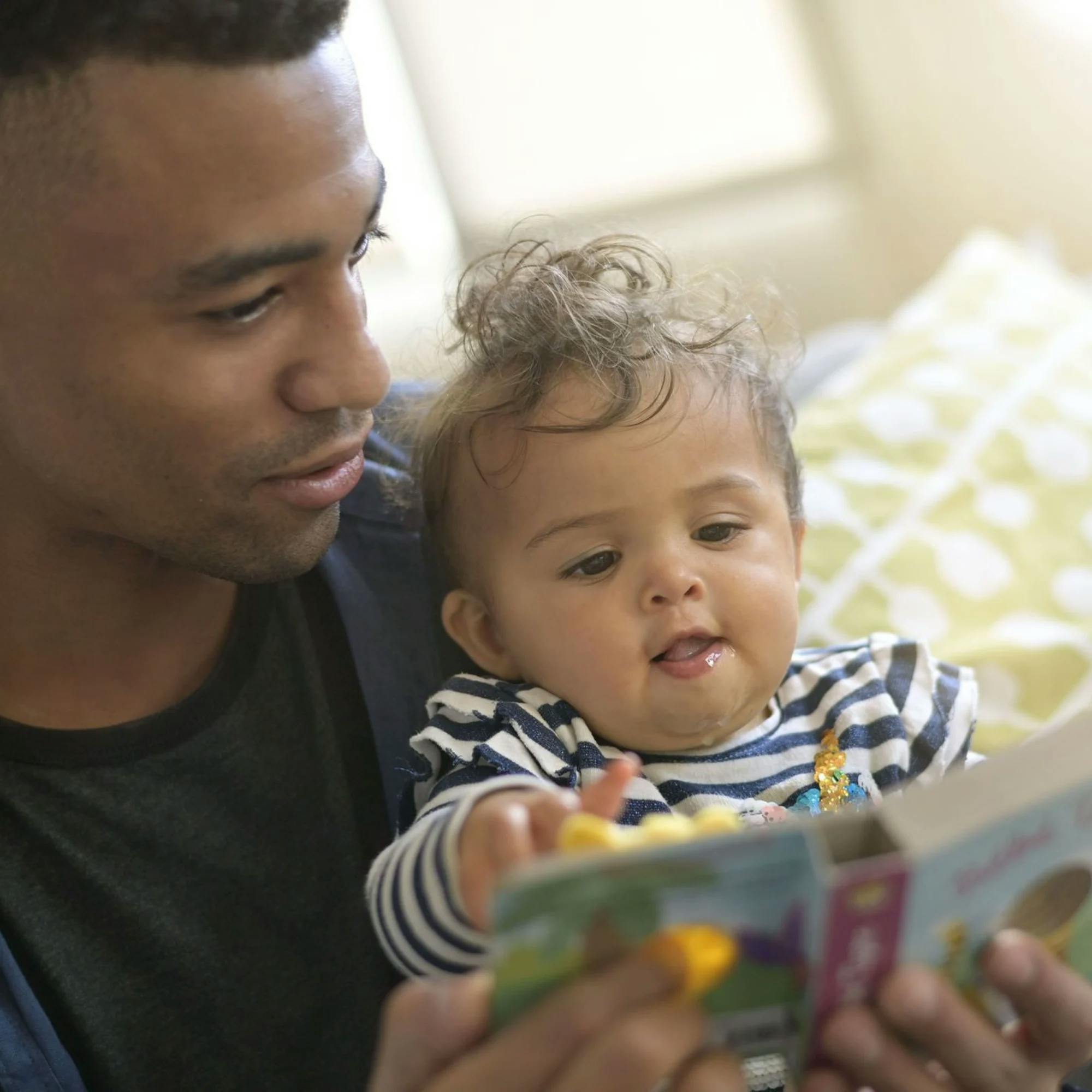At Expressable, one of the most common questions we hear is “How long does speech therapy take?” Whether for a child or an adult, this is an important and understandable concern.
The truth is, there’s no single answer. Every person’s journey is unique. While that may feel frustrating, understanding the factors that affect progress can help you feel more in control. Some factors are out of our hands, but others, like consistency and practice, can make a big difference.
So, how long does speech therapy take? Let’s explore what influences the timeline and what you can do to help.
What affects how long speech therapy takes?
The length of speech therapy depends on a variety of factors, including:
The type of speech disorder or communication challenge
The frequency of speech therapy sessions each week
The person’s age
Any underlying medical conditions
Many speech and language issues can be resolved in childhood with the right speech therapy. However, others can persist into adulthood and require long-term therapy and maintenance. That means the duration and frequency of speech therapy will be different for every person.
Find the right speech therapist for your child
We'll match you with a licensed speech therapist who's experienced in your child's needs and available when you are.
 Get started
Get startedHow certain diagnoses can affect the length of speech therapy
Some conditions tend to lead to a longer amount of time in speech therapy. They include:
Communication differences related to autism
Communication problems that happen after a traumatic brain injury, stroke, or other medical event, such as aphasia, acquired apraxia, or dementia
Not everyone with these diagnoses will need speech therapy for a long time. Some people might progress more quickly than others, or reach their highest level of functioning sooner. The severity of the medical problem may also affect how long speech therapy is needed.
It’s important to know that speech therapy can often be episodic, as well. This means that after a certain amount of time in speech therapy, the person takes a break, then resumes therapy later. Perhaps a child with apraxia has speech therapy for two years, gaining many communication skills along the way. They reach a plateau in their progress, so the speech therapist and the child’s family decide to stop temporarily. With time, as the child grows, the family sees the need to resume speech therapy to continue the child’s communication development.
Typically, a person will graduate sooner from speech therapy if their delay or disorder is mild.
You may be curious about which diagnoses usually improve most quickly in speech therapy. Keep in mind that speech therapists can never know exactly how someone will progress. But typically, a person will graduate sooner from speech therapy if their delay or disorder is mild. A mild disorder means that there aren’t as many issues to improve.
For example, if a child has a mild articulation delay, they may only have trouble making one or two speech sounds. A child with a mild speech delay may only be slightly behind developmental norms, requiring less time in speech therapy before they catch up.
Or, if an adult has a lisp, they may be able to pronounce the /s/ sound after a few months spent learning tongue placement techniques in speech therapy and practicing consistently at home.


How long does speech therapy take for toddlers?
Every toddler’s speech therapy journey is different, and the time it takes to see progress depends on several factors. Some children show improvements within a few weeks or months. Others need more time, especially if they have more complex speech or language challenges.
The frequency of therapy sessions, at-home practice, and parent involvement all play a big role in how quickly a toddler progresses. Early intervention can be especially helpful, as younger brains are more adaptable to learning new communication skills.
While there’s no set timeline, consistency and support can make a big difference. Working closely with a speech therapist and practicing strategies at home can help toddlers develop stronger communication skills at their own pace.
How is progress tracked in speech therapy?
Before therapy begins, the speech therapist evaluates the person’s strengths and where they need support, in order to create an individualized plan of care. That plan is made up of short-term goals that feed into long-term goals, which are the ultimate, functional outcomes that speech therapy aims to achieve.
Throughout therapy, the speech therapist monitors the person’s progress, noting when each short-term goal is met and it’s time to move to the next one.


The key to faster progress in speech therapy
Whether it’s a child or adult receiving speech therapy, the importance of practicing between sessions can’t be overstated. Ongoing home practice helps the person maintain the skills they’re learning in sessions. That enables them to move on to new skills and meet their short-term goals more quickly.
If you’re the caregiver of a child receiving speech therapy, research has shown that when families participate in their child’s therapy, it leads to better (and faster) outcomes. You spend the most time with your child, and you know them best. So you’re in a perfect position to help them with their speech and language, as part of your daily routines together.
But don’t worry. No one has to do speech therapy alone! Your speech therapist is there to build your skills in therapy sessions, teach caregivers how to support their child’s progress, and provide tips and tricks for practicing at home. Your speech therapist will explain what you should practice throughout the week in order to reach your goals. Don’t overlook the impact of even a few minutes of practice per day!
Find the right speech therapist for your needs
Get startedHow to practice speech and language at home
You may benefit from setting up a practice schedule, or putting reminders to practice in your phone. You can also look for ways to naturally fit practice into your daily routines. Maybe you help your child practice vocabulary skills as you cook together or read together. Or maybe you practice your own speech sounds or fluency skills while driving to work or ordering food at a restaurant. It doesn’t matter how or when you practice, as long as you do it!


Talk to your speech therapist about your progress
Remember, your speech therapist is there to help. Ask them about the progress they’re seeing, and talk to them about ways you can practice at home.
If you’re concerned about how long speech therapy is taking, talk to them about that, too. Speech therapists know that therapy is a commitment, both of time and of money. They may be able to share examples of progress they see that you didn’t even realize was happening. Each small step is a step closer to meeting your goals!
Did you know? Expressable speech therapists assign personalized Learning Paths in a special online portal just for your child. Your portal is packed with videos, tips, and at-home activities to help your child make faster progress. To learn more, get started with Expressable here.
How Expressable Can Help
Concerned your child isn't reaching age-expected milestones? Looking for communication support from a professional? Expressable is a national online speech therapy practice serving children and adults. We treat all major areas of communication and feeding, offer flexible hours including evenings and weekends, and accept most major health insurance plans. We’re proud to have earned more than 3,000 5-star reviews from our clients (4.9/5 average).
Our therapy model is centered on parent and caregiver involvement. Research proves that empowering caregivers to participate in their loved one’s therapy leads to better outcomes. That’s why we combine live, 1-on-1 speech therapy with personalized education and home practice activities for faster progress.
Communication is more than words. It’s how we share how we feel and show who we are. We’re here to help you or your child do just that.

 Abby Barnes, M.S., CCC-SLP
Abby Barnes, M.S., CCC-SLP











